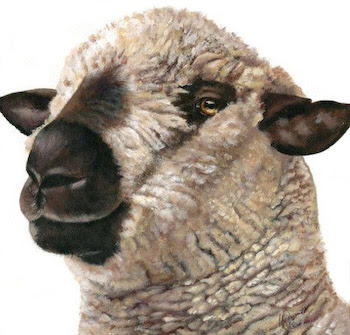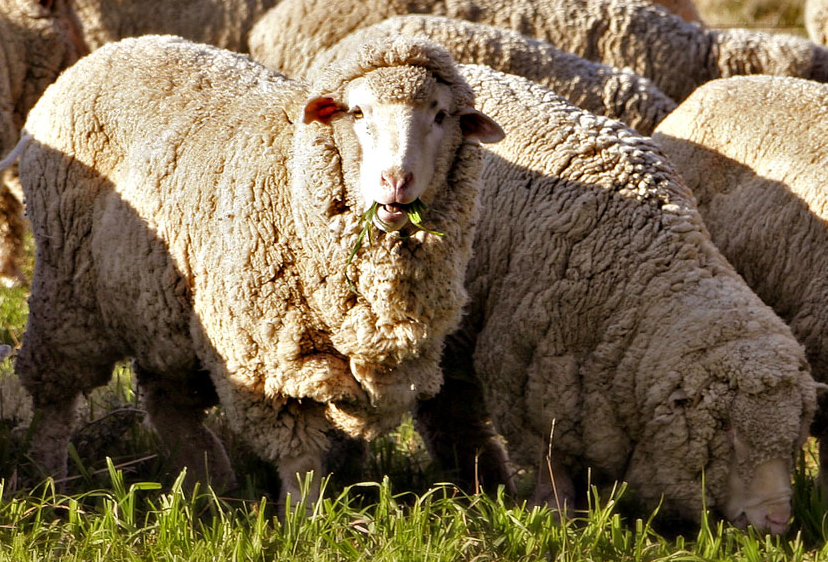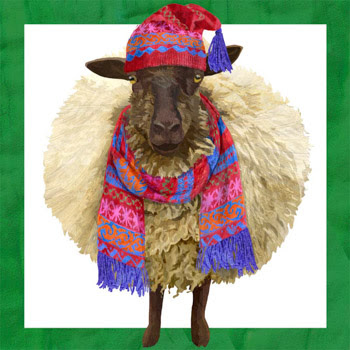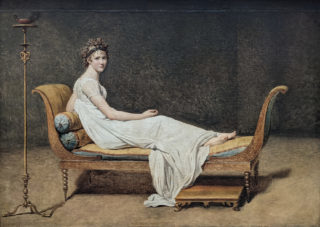Give me a home where the sheep do roam


If Merinos are not sheared by humans, their fleece will continue to grow indefinitely. Picture on the left by Wendy Darker and immediately above is one of the various breeds of Merino sheep in full wool.
Why the fuss about merino?
Silk is a beautiful thread and a lot of our canvases looks great with silk. Merino is also a wonderful choice. Creates depth or a layering effect to the canvas. Imagine the sheep on the right – Dressed for Winter by Two Can Art – soft merino wool/silk blend for the background in a quiet stitch such as the T Needlepoint Stitch.
The sheep in wool with short and long. then stitches to create those wonderful curly cues between the scarf in the center bottom of his body.
And that scarf! It has to be wool or wool/silk blend for a bit of a flatter look for those colorful designs. We love merino wool!



The first picture is a luscious blue from Essentials silk/merino wool blend, stitched in Nobuko.
You can always get all the Essentials you need separately at a discounted price and almost always have the choice between silk and silk/merino blend with our kits. There are fewer color choices in Essentials line than the silks, so the design matters.


